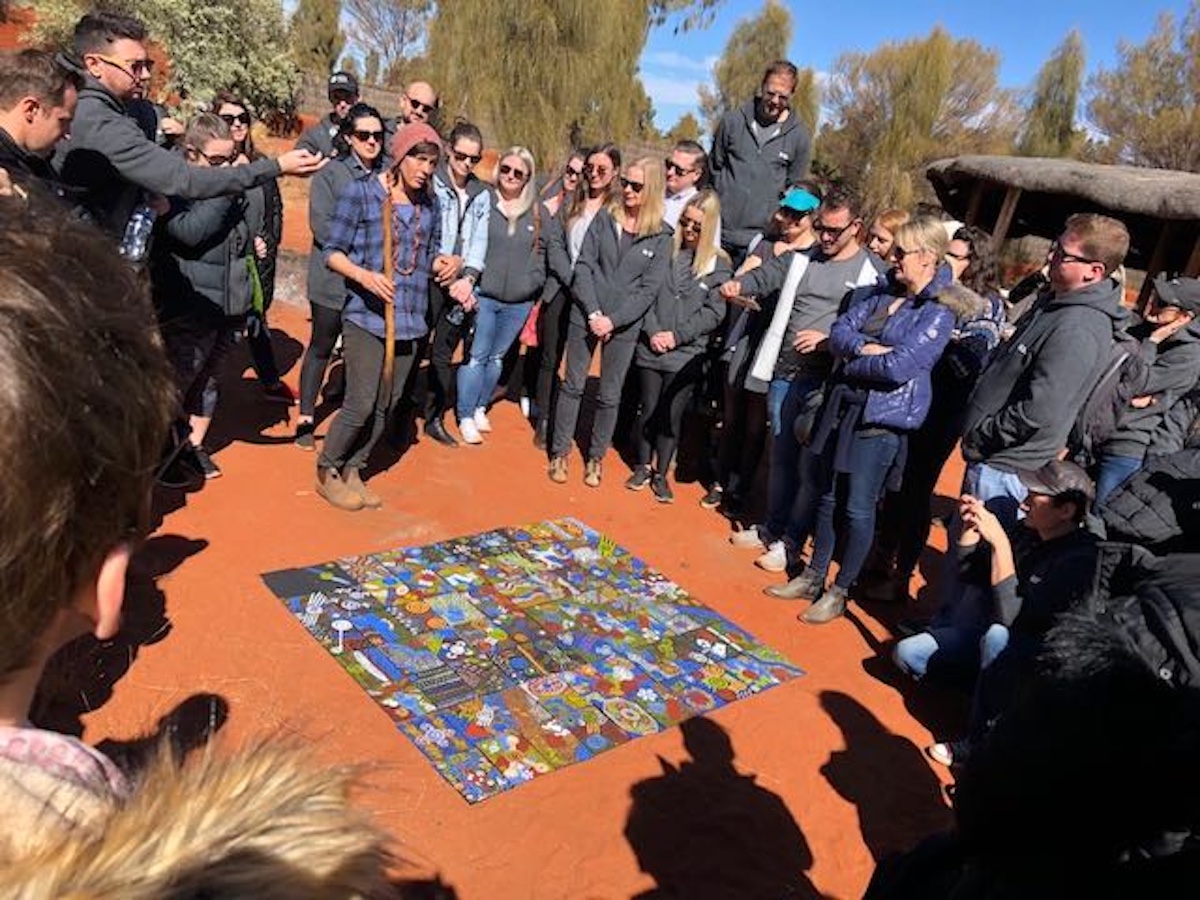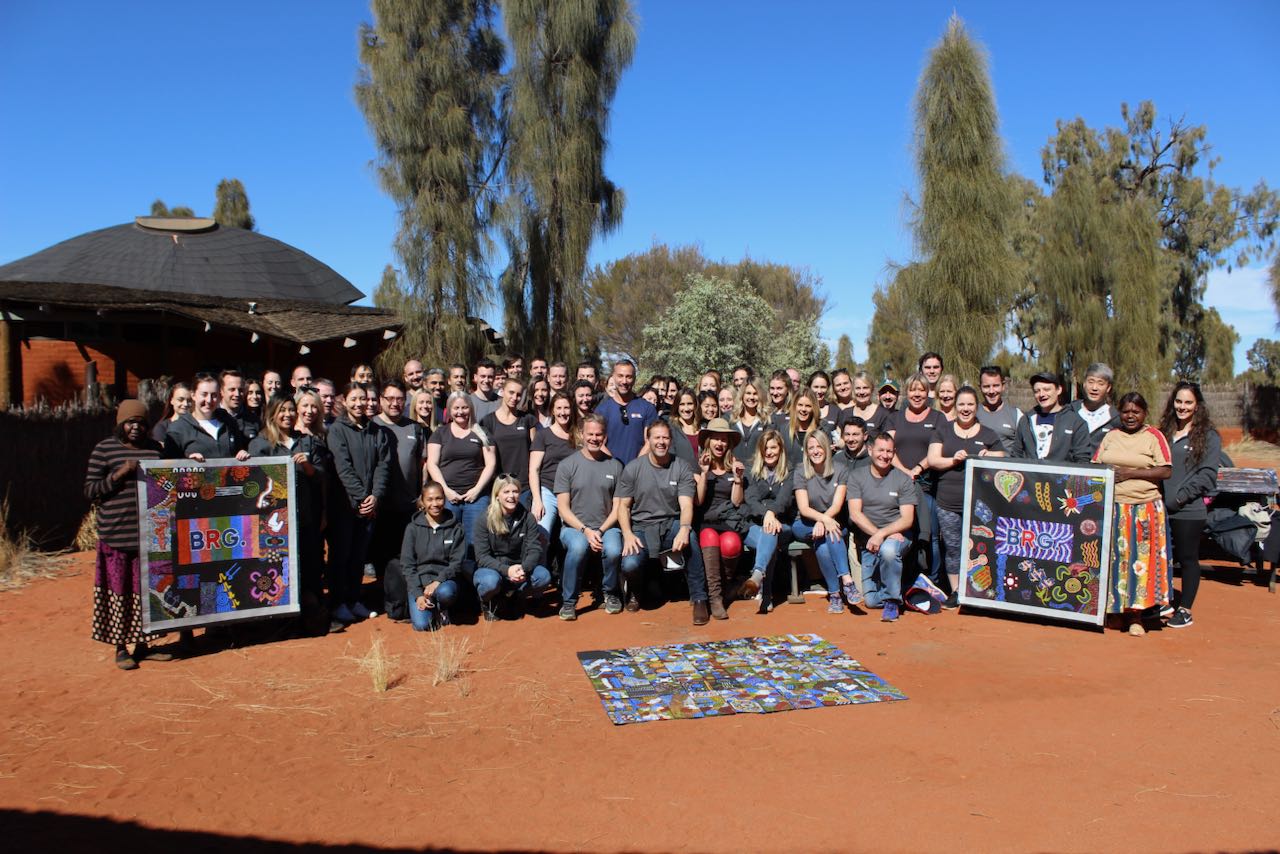I want you to think about the best leader you’ve ever worked with. Not just a manager or a boss, but a true leader. Someone who changed the way you thought about your own capabilities. Someone who saw a potential in you that you hadn't yet seen in yourself. Someone whose vision was so clear and compelling that you would have gladly walked over hot coals to help them achieve it.
What was it about them?
I guarantee it wasn't just their title or their position on an org chart. It wasn't because they were the best at managing a spreadsheet or because they approved your leave requests on time. It was something deeper. It was the way they made you feel—about the work, about the team, and most importantly, about yourself.
Chances are, you were working with a transformational leader.
For too long, the world of business has been dominated by a different model: transactional leadership. This is the leadership of the deal. The "if you do X, you will get Y" contract. You hit your sales target, you get your commission. You complete your tasks, you get your pay cheque. It is a model based on managing outcomes, on rewards and punishments. It is neat, tidy, and utterly uninspiring. It gets compliance, but it rarely, if ever, ignites passion.
I have sat in boardrooms and run businesses for over forty years, from the structured world of global corporations to the scrappy, all-in beginnings of starting RedBalloon from my living room. I have invested in dozens of founders on Shark Tank Australia and mentored countless more. And I can tell you with absolute certainty: transactional leaders build spreadsheets; transformational leaders build movements.
The term "transformational leadership" can sound academic and lofty, but it is the most practical, powerful, and necessary style of leadership for our rapidly changing world. It is the ability to not just manage a team, but to mobilise a community around a shared purpose, inspiring them to achieve more than they ever thought possible.
But how do you do it? How do you move beyond the theory and make it real? This is my definitive guide. We will go beyond the textbook definitions to give you a practical, real-world framework for becoming the kind of leader who doesn't just manage, but transforms.

Redefining Transformational Leadership: It’s a Choice, Not a Title
Before we dive into the 'how', we need to redefine the 'what'. Forget the dry academic definitions for a moment. In my experience, transformational leadership is built on a simple, powerful premise:
You see the greatness in people before they see it in themselves, and you create an environment where that greatness can emerge.
It’s not about having all the answers. It’s about asking the right questions. It’s not about wielding authority through power; it’s about generating influence through purpose. It is not a title you are given; it is a choice you make every single day in every single interaction.
The academic world often breaks this down into four components—the "Four I's" as they call them. They are a useful starting point, but I find them a bit sterile. I prefer to think of them as four actionable, human pillars that you can start building today.
The Four Pillars of Transformational Leadership

If you want to build a truly transformational leadership style, you must build it on these four pillars. They are the load-bearing walls of any high-performance, high-engagement culture.
Pillar 1: Be the Leader You Want to See (Living the Vision)
This is the bedrock. It is the absolute, non-negotiable foundation. The old saying, "Do as I say, not as I do" is the epitaph on the tombstone of failed leadership. A transformational leader understands that their most powerful teaching tool is their own behaviour.
Your team is always watching. They don't listen to what you say nearly as much as they watch what you do.
- If you say you value work-life balance but you send emails at 11 p.m. every night, you are telling them that burnout is the real expectation.
- If you say you value innovation but you punish every failed experiment, you are telling them that playing it safe is the only way to survive.
- If you say you value honesty but you spin the truth in meetings, you are telling them that integrity is optional.
This pillar is about Idealised Influence, as the academics call it. But I call it walking the talk. It means having a set of values and living them so consistently and so visibly that you become a role model. It means operating with unwavering integrity, even when it's hard. It means demonstrating passion and optimism for the mission, especially when the team is facing a challenge.
When I was building RedBalloon, our values weren't just posters on a wall. We hired based on them, we fired based on them, and we recognized people based on them. I had to be the chief embodiment of those values. If I didn't live them, I had no right to expect anyone else to. Your personal actions set the cultural tone for the entire organization. You are the standard.
Pillar 2: Paint the Picture, Share the Map (Inspiring the Mission)
This is the pillar of Inspirational Motivation. But it's about more than just giving a rousing speech. You can't just tell people to "be passionate." You have to give them something to be passionate about.
A transformational leader is a master storyteller and a master strategist. They do two things exceptionally well:
- They paint a vivid, compelling picture of the future. They articulate a vision that is so clear and so inspiring that people can see themselves in it. They answer the question "Where are we going?" with such clarity that it creates a magnetic pull. This isn't about profit targets; it's about the impact you will have on your customers, your industry, and the world.
- They share the map to get there. A vision without a plan is just a hallucination. Once you've painted the picture of the destination, you must provide the team with a clear strategic map. What are our key priorities for this year? This quarter? This week? And most importantly, how does each person's individual role connect directly to moving us one step closer to that destination?
When people understand the "why" behind their work (the vision) and the "what" they need to do to contribute (the plan), they become engaged partners. They stop just doing tasks and start taking ownership of outcomes. They are not just rowing; they are rowing in perfect synchronicity towards a shared, inspiring horizon.
Pillar 3: Ask 'What If?' Not 'Why Not?' (Fostering Innovation)
This pillar, often called Intellectual Stimulation, is about challenging the status quo. It’s about building a culture where your team is not just expected to follow orders, but to think, to question, and to innovate.
Transactional leaders see their team as a pair of hands to execute their ideas. Transformational leaders see their team as a collection of brilliant minds who can generate even better ideas. They create an environment of high psychological safety, where people are not afraid to take risks, to challenge the boss's opinion, or to fail.
- Lead with questions, not answers. Instead of saying "Here's what we're going to do," ask "What are our options here? What are we not thinking of? What if we tried the opposite?" This signals that you value their thinking, not just their compliance.
- Decriminalise failure. On Shark Tank, I always looked for founders who had failed before. Why? Because failure is data. It is the tuition fee for wisdom. If you punish every failure, your team will stop trying anything new. You must celebrate the learnings that come from failed experiments. You must frame failure not as an endpoint, but as a crucial part of the innovation process.
The transformational leader's job is not to have the best ideas. It is to create a culture that can generate, test, and implement the best ideas, regardless of where they come from.
Pillar 4: Know Their Story, Not Just Their Title (Coaching the Individual)
The final pillar is Individualised Consideration. This is the most human part of leadership. It’s the recognition that you are not leading a team of job titles or resources; you are leading a group of unique, complex, whole human beings, each with their own dreams, fears, strengths, and weaknesses.
This is where you move from being a manager to being a coach and a mentor.
- Be curious. Take the time to have one-on-one "yarns" with your people. Ask about their career aspirations. What skills do they want to develop? What parts of their job give them the most energy? Where do they feel stuck?
- Differentiate your approach. You can't lead everyone the same way. Your star performer might need to be given more autonomy and a bigger challenge. A promising junior might need more structured guidance and regular check-ins. Your leadership style must be flexible enough to meet the needs of the individual.
- Care about them as people. Know the names of their partners or their kids. Ask them about their weekend. Celebrate their personal milestones, not just their professional ones. This isn't about being "soft"; it's about building genuine human connection. When your people know that you care about them as a whole person, they will give you their loyalty, their trust, and their absolute best work.
The Dark Side: The Pitfalls of Transformational Leadership
To provide a complete picture, we must also acknowledge that this style of leadership is not without its risks. When implemented poorly or without self-awareness, it can go wrong.
- The Charismatic Tyrant: A leader who is brilliant at inspirational motivation but lacks the integrity of Pillar 1 can become a charismatic but manipulative figure, using their vision to exploit their team for personal gain.
- The Visionary Who Can't Execute: A leader who is all about painting the big picture (Pillar 2) but lacks the systems and processes to make it happen will just create frustration. A great vision with no plan is a recipe for chaos.
- The Burnout Trap: Because transformational leaders inspire such high levels of engagement and commitment, there is a risk that they can push their teams too hard, leading to burnout. This is why Pillar 4—caring for the individual—is so critical as a balancing force.
How to Begin Your Journey

Becoming a transformational leader is a lifelong journey, not an overnight switch. But you can start today. Here are five practical steps.
- Start with Self-Leadership: You cannot lead others until you can lead yourself. Get crystal clear on your own "why." What are your core values? What is the purpose that drives you? Write it down. Your personal clarity is the foundation of your leadership clarity.
- Become a Master Communicator: Your vision is useless if it stays in your head. Practice your storytelling. Learn how to craft a message that connects with both hearts and minds. Learn to listen with the intent to understand, not just to reply.
- Lead with Questions: For the next week, make a conscious effort to lead every discussion with a question instead of a statement. Instead of providing the solution, ask your team, "How might we solve this?"
- Create Systems of Trust: Find one task or decision that you currently hold tightly and delegate it completely to a team member. Give them the goal, give them the resources, and then get out of their way. Trust is a muscle; you have to exercise it.
- Celebrate the Process: The next time a project or initiative doesn't go to plan, get the team together. Don't do a "blamestorm." Do a "learnstorm." Ask: "What did we learn from this that will make us smarter next time?" This simple reframing can change your entire culture.
The Leadership Legacy You Choose to Build
In the end, what defines a great entrepreneur, a great leader, a great human? It’s the impact you have on the people around you. It’s the positive change you create in the world.
You can choose to build a business based on transactions. Or you can choose to build one based on transformation.
You can choose to manage your people's time and tasks. Or you can choose to ignite their potential and inspire their commitment.
This is the choice that transformational leadership presents. It is a choice to lead from a place of purpose, not just power. It is a choice to build a team of partners, not just a list of employees. It is the choice to build a business that doesn't just make a profit, but makes a real, lasting, positive difference.
That is a legacy worth building. That is the kind of leader our world desperately needs. And it is a journey that is available to every single one of us, starting right now.





